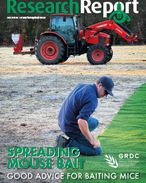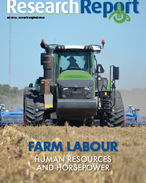The ERF is administered and regulated by the Clean Energy Regulator according to the Carbon Credits (Carbon Farming Initiative) Act 2011 and its associated legislative instruments. The Act specifies in detail the requirements for undertaking a project, along with information on approvals and reporting. The Clean Energy Regulator will also remain responsible for administering the revised Carbon Farming Initiative Act and for implementing the ERF.
This chapter sets out:
-
a schematic overview of the key steps involved in applying for approval for a ERF project and in undertaking the project.
After reading this chapter, you will:
-
be aware of the differences between the CFI and the ERF
-
understand the key steps for participation
-
be aware of key sources of information as the implementation of policy evolves.
Explore the full Workshop Manual: The business case for carbon farming: improving your farm’s sustainability (January 2021)
Read the report
RESEARCH REPORTS
1. Introduction: background to the business case
This chapter lays out the basic background and groundwork of the manual
RESEARCH REPORTS
1.2 Being clear about the reasons for participating
Introduction: background to the business case
RESEARCH REPORTS
1.4 Working through the business case for carbon farming
Introduction: background to the business case
RESEARCH REPORTS
1.5 Factors determining project economics
Introduction: background to the business case
RESEARCH REPORTS
1.8 Important features of the business case
Introduction: background to the business case
RESEARCH REPORTS
2. How carbon is farmed under the ERF
This chapter considers in detail the activities that constitute carbon farming
RESEARCH REPORTS
2.5 Carbon farming under the Emissions Reduction Fund
How carbon is farmed under the ERF
RESEARCH REPORTS
3. The policy context and the price of ACCUs
This chapter takes a broad look at the policy context for carbon farming























